Plaster carving in Islamic art
From an artistic perspective, the first thing you notice is how detailed the work is.
so it could be found in palaces and the homes of wealthy families.
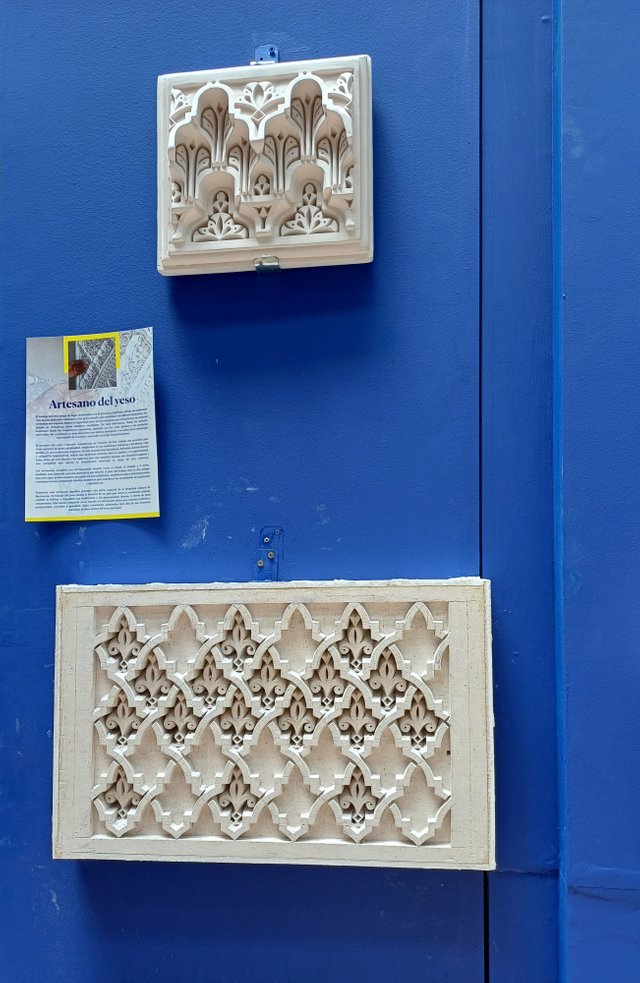
Speaking of geometry, just like the zellij tiles we saw earlier in a previous post, there is a strong emphasis on symmetry and repeating patterns. The designs are mirrored and repeated to create balance and harmony. Although the designs have a fluid, organic feel, they are based on underlying geometric grids or frames which give them structure and ensure that everything fits together seamlessly. As you can see, just like the designs shown in previous tutorials, the patterns interlock creating a continuous and visually interesting surface.
Culturally, this plasterwork is very important in Morocco. It is a traditional craft that has been passed down through generations. It is often seen in Moroccan architecture, decorating walls, ceilings, and arches. Adding a touch of elegance and detail to buildings. Because it uses abstract geometric patterns rather than images of people or animals, it also reflects the principles of Islamic art.
These plaster works are more than just decoration, they are a showcase of the incredible skill of Moroccan craftsmen, their understanding of geometry and their rich cultural heritage. It is a beautiful example of how a simple material like plaster can be transformed into a work of art.
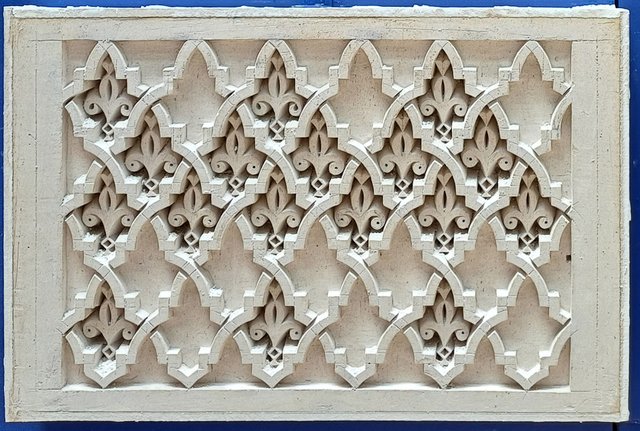
Armed with simple tools like the ones seen in this image, artisans shape the material with a captivating delicacy that defies the passage of time.
Preserving this craft means protecting an essential part of Morocco's cultural identity.
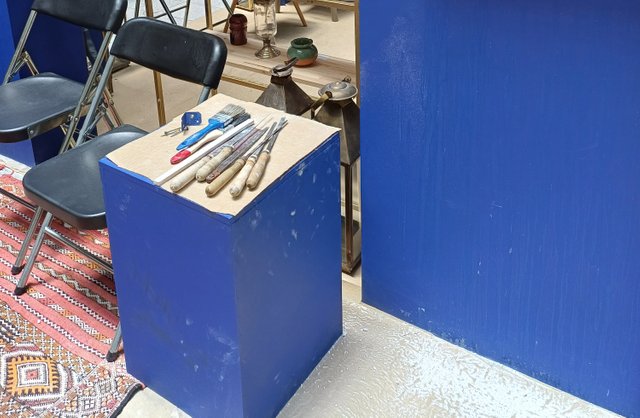
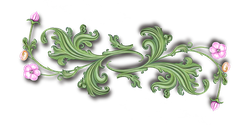
I wish you a very nice day!
The guardian
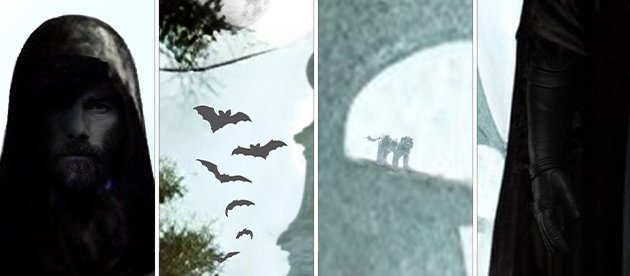
Your post has been supported by THE QUEST TEAM. We support quality posts, good comments anywhere, and any tags
Thank you very much!!